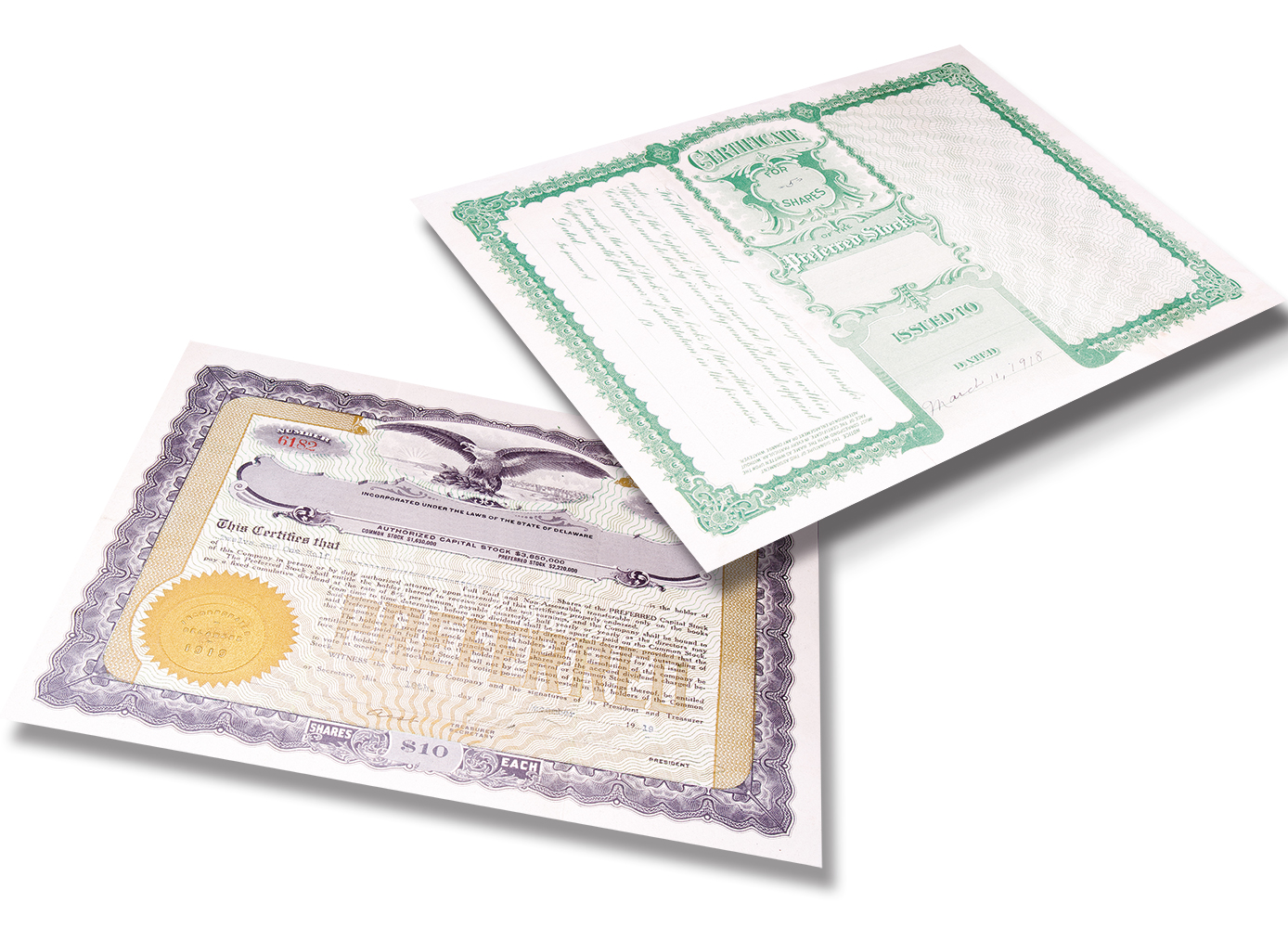The Dividend Tax Credit can make preferred shares a vital part of your investment portfolio
By Olev Edur
Preferred shares can be particularly suitable for retirees’ investment portfolios. The income generated by preferred shares from Canadian corporations is accorded a tax credit that can offset as much as 100 per cent of the tax that would otherwise be levied on those earnings. In some cases, the credit can actually exceed the tax rate, offsetting tax on other income.
Many years ago, the dividend tax credit (DTC) was created to offset the double taxation of corporate dividends—once in the hands of the corporation as profit, and then again in the hands of the investor as income. Investors were given a non-refundable credit (meaning, you can use it only to offset your tax bill for the year) on qualifying dividend income, while Canadian corporations saw some tax adjustments on their dividend allocations, in order to level the playing field vis-à-vis taxation of other income.
(More recently, a separate category of DTC was created for small businesses, so for Canadian tax purposes, there are now three categories of dividends: two for dividends generated in Canada and a third for foreign-source dividends. Foreign dividends aren’t eligible for the DTC and must be reported on your tax return as “interest and other investment income.”)
Canadian-source dividends are accorded two different DTC rates: “Eligible” dividends issued by large publicly traded Canadian corporations are accorded an “enhanced” credit, while “other than eligible” dividends, issued mostly by Canadian-controlled private corporations paying the reduced small business tax rate, are accorded a credit that isn’t enhanced.
Both credits work the same general way: on your tax return, you must declare as income a “grossed-up” amount that is greater than the dividends you actually received, and then you claim a credit based on this inflated (but now entirely taxable) amount. The enhanced income gross-up (38 per cent) and the credit rate (about 15 per cent) are significantly higher than for ineligible dividends (gross-up of 16 per cent in 2018 and 15 per cent thereafter, credit of about 11.6 per cent in 2018 and 10.4 per cent thereafter).
To claim the DTC, you must first complete Part 1 of Schedule 4 of your tax return and report all Canadian dividends—both eligible and non-eligible—on Line 120 of the main return (T1). Then if you have non-eligible dividends, they must be entered again separately on Line 180. Once that’s done, you can claim your DTC on Line 425 of Schedule 1. Thankfully, all the necessary numbers will be included on your information slip(s).
You also must consider your provincial/territorial return—each jurisdiction has its own equivalent to the federal DTC, but their tax rates as well as credit levels can vary considerably. The federal enhanced credit is about 15 per cent, for example, but the provincial rates for 2018 range from 5.4 per cent in Newfoundland and Labrador, up to 10 or 11 per cent in several provinces and a high of 12.02 per cent in the Yukon.
As a result of the arcane DTC formula, coupled with provincial/territorial tax as well as credit variations, it’s hard to generalize about the actual dollar impact of the DTC beyond saying that the credit’s value generally increases as total income shrinks. Someone in the top federal tax bracket (33 per cent on income over $205,842), for example, would pay federal tax of 24.81 per cent on eligible and 26.65 per cent on ineligible dividends, rather than 33 per cent (plus whatever the provinces charge).
At the other extreme, in many provinces, a person with no other income could earn as much as $40,000 or $50,000 in eligible dividends before having to pay any tax at all, federal or provincial. In fact, someone with no other income could even get a credit that exceeds the tax bill in some jurisdictions, meaning that some of the credit could be used to offset tax on other income.
Everyone else falls somewhere in between the two extremes, with the exact result depending on total income, province of residence, and the amount of dividends.
Unfortunately, while in theory those retirees with very low incomes could benefit tremendously from a relatively steady low- or no-tax income stream, the reality is that all low-income Canadians aged 65-plus are entitled to the Guaranteed Income Supplement (GIS), and those inflated dividend income figures will reduce their benefits. As a result, while the tax advantage of dividends can be attractive, retirees who receive GIS should tread carefully and, before investing, figure out how much the gross-up would cost in terms of reduced benefits; a lesser problem may occur for those with higher income, for whom the result could be a clawback of Old Age Security benefits.
Note, too, that the tax advantage of dividends over interest income applies only to dividends held outside a sheltered account such as an RRSP or TFSA. In a TFSA, nothing is taxed, ever, whereas any income earned in an RRSP is fully taxed when withdrawn from the plan. Either way, dividends are treated the same as other income.
Finally, the government allows spouses to report all the dividends their partner receives from taxable Canadian corporations if, by including the dividends in their income, they can increase their claim for the spouse or common-law partner amount on Line 303 of Schedule 1. This option may allow you to take better advantage of the DTC.
Next week, we’ll explore preferred shares in detail.
Photos: iStock/qingwa.






